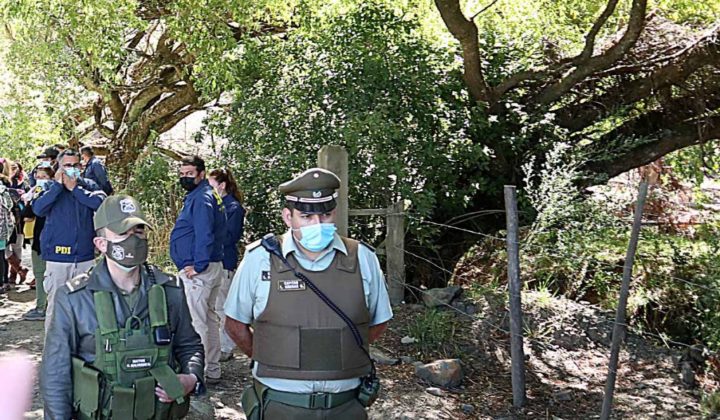Tomás was 3 years old and smiling at life when he left his home accompanied by his great-uncle. He went with the confidence and joy of a healthy and happy child which finds, at every step, a new discovery, a new experience. It was his last walk; he was found dead in the middle of a field with signs of abuse nine days later. During that time, the search was intense by land and air as the whole of Chile cried out for him to be found. There are no words to describe such an atrocity against children anywhere on the planet. The extreme cruelty implicit in the sexual abuse, torture and impunity that surround these crimes against children is generally supported by an inefficient and outdated protection system, framed by the absurd belief that this important segment enjoys the greatest protection at home, at school, at church or in the neighborhood.
Just as Tomás left home and never returned, thousands of children and adolescents around the world are physically and psychologically violated by the mere fact of being under the authority of others, without any defense mechanism. In most Central American countries, especially those governed by corrupt politicians in complicity with organisations dedicated to the business of human trafficking, hundreds of them disappear without disturbing the sleep of the authorities, but also the sleep of those societies accustomed to the tragedy and violence provoked by a system which has completely destroyed institutionality, abandoning the population in an atmosphere of absolute chaos and anarchy.
Sexual violence, a social pathology of enormous impact on our societies, is directly or indirectly condoned by the ineffectiveness of the systems of administration of justice, but above all by the patriarchal system. This, even with evidence in plain sight, minimises abuses and grants privileges to the perpetrators, especially when these crimes are committed against adolescents and adult women. Extreme cases such as that of Tomás, the boy from Lebu, multiply, protected by the silence and complicity of those around them, under the slogan of maintaining the family’s reputation even when the crime committed completely destroys the victim’s life and future.
Our incapacity, as a society, to protect the new generations from violence in any of its forms has been tried and tested. We prefer to deceive ourselves by turning to corrupt institutions to which we hand over hundreds or thousands of propitiatory victims, as happens with the “safe homes” in which children who deserve protection are institutionalized, but which are managed by criminals dedicated to the trafficking and prostitution of minors.
A country’s failure is measured by its treatment of children, and we must therefore declare ourselves failures on a global scale. There is no corner of the world where children and adolescents are fully protected from abuse. This abuse, in most cases, has a definite impact on different pathologies which these children and adolescents suffer throughout their lives, often reproducing the effects of their sordid experiences in others. We have created a true culture of abuse, fostered by the defenselessness of some in the face of the apparent authority of others. This is how, even in this century of technological wonders, sexist prejudices and structures of privilege for aggressors are maintained, destroying the future of the most defenseless.






